Intervention in the territory made in the Sharjah Biennial 15: Thinking Historically in the Present
Intervención en el territorio realizada para la Bienal de Sharjah Nº15: Pensar históricamente en el presente
Gabriela Golder examines the intersection between labour and memory from a wide variety of sources -political, mythical and medical- to highlight the aftereffect of violent state action. Arrancar los ojos (2023), which means “tear out the eyes” in Spanish, is a mixed media project emanating from the mass protest across Chile in 2019 during which more than 400 victims of police brutality sustained eye injuries. Through performance, video and spatial intervention, it reflects on punitive state violence, illuminating the tendency of riot police across contexts -from South America to Hong Kong, Kashmir to Palestine- to intentionally aim for protestors’ heads.
Gabriela Golder examina la intersección entre trabajo y memoria desde una amplia variedad de fuentes -políticas, míticas y médicas- para resaltar las secuelas de la acción violenta del Estado. Arrancar los ojos (2023), es un proyecto de medios mixtos que surge de la protesta masiva en Chile en 2019 durante la cual más de 400 víctimas de la brutalidad policial sufrieron lesiones en los ojos. A través de la actuación, el video y la intervención espacial, reflexiona sobre la violencia estatal punitiva, iluminando la tendencia de la policía antidisturbios en todos los contextos, desde América del Sur hasta Hong Kong, Cachemira y Palestina, de apuntar intencionalmente a la cabeza de los manifestantes.
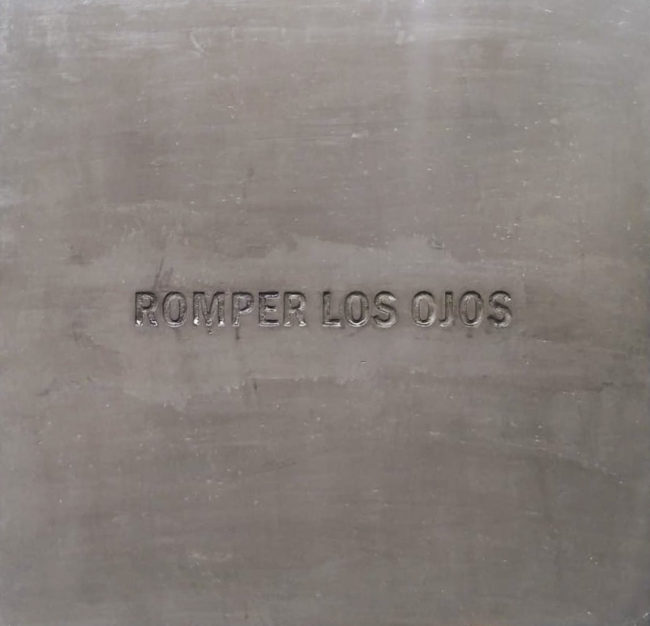

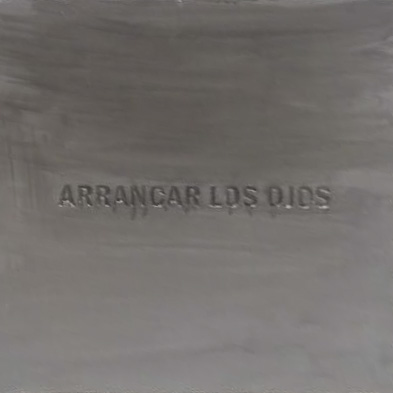

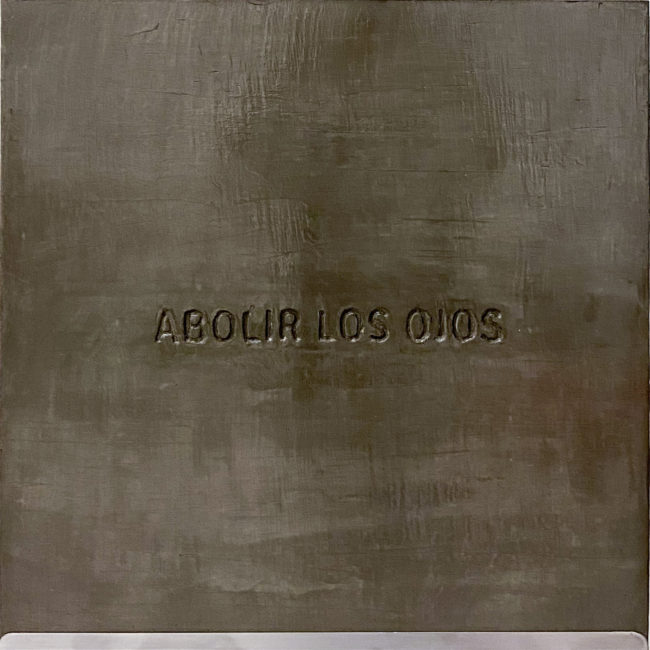



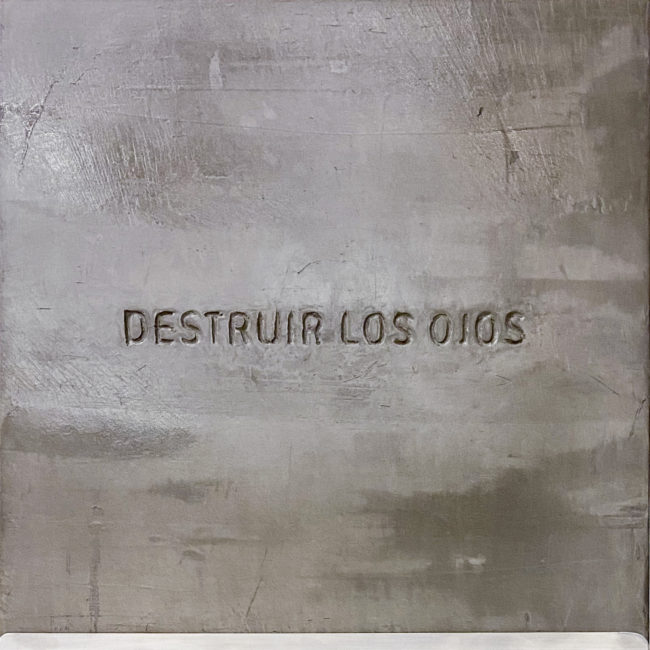



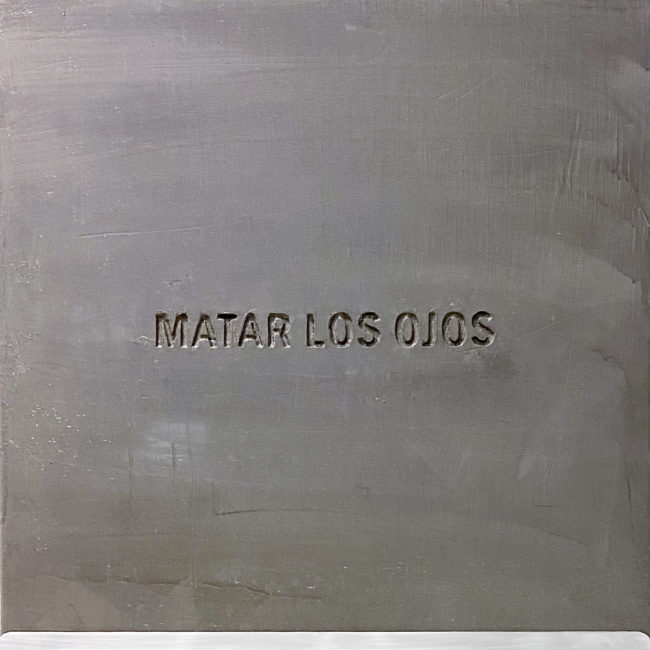

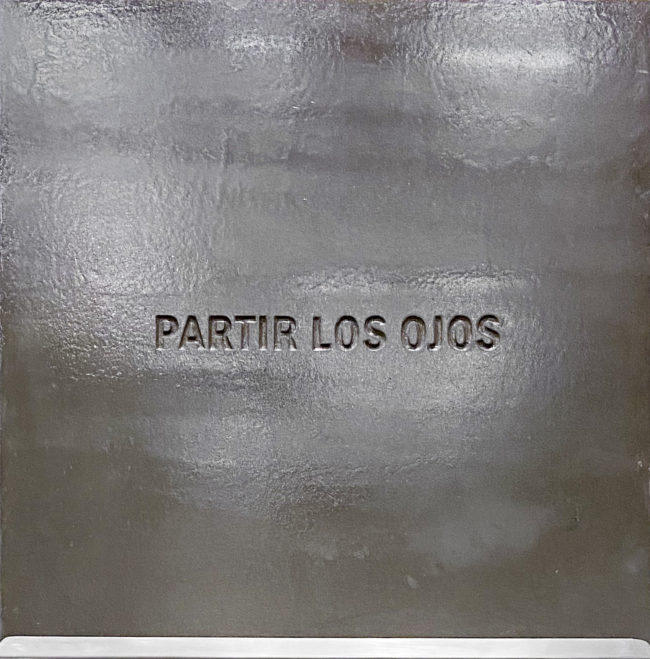

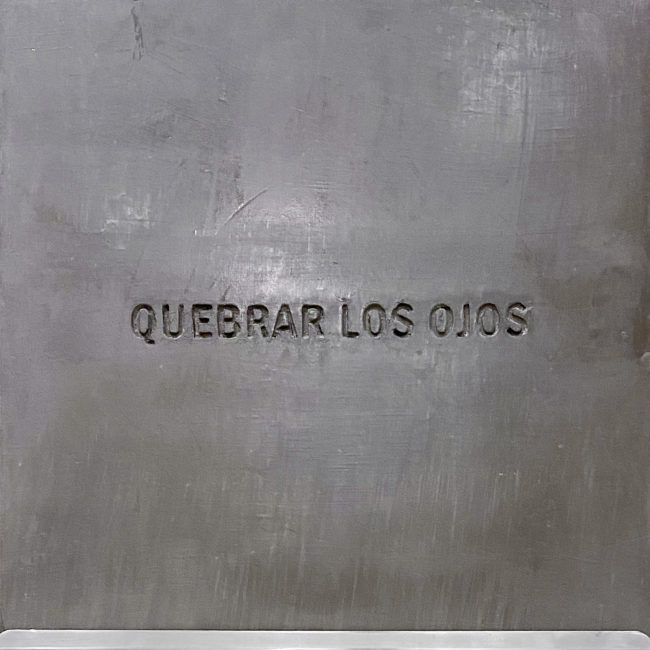

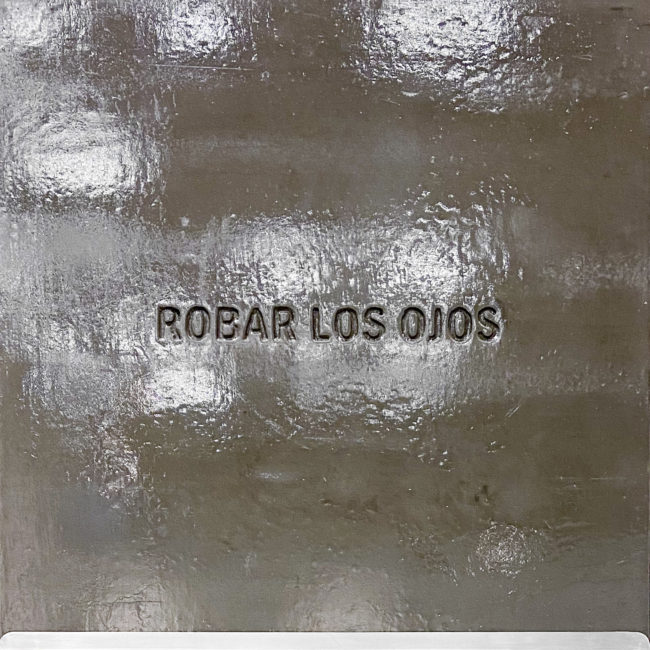

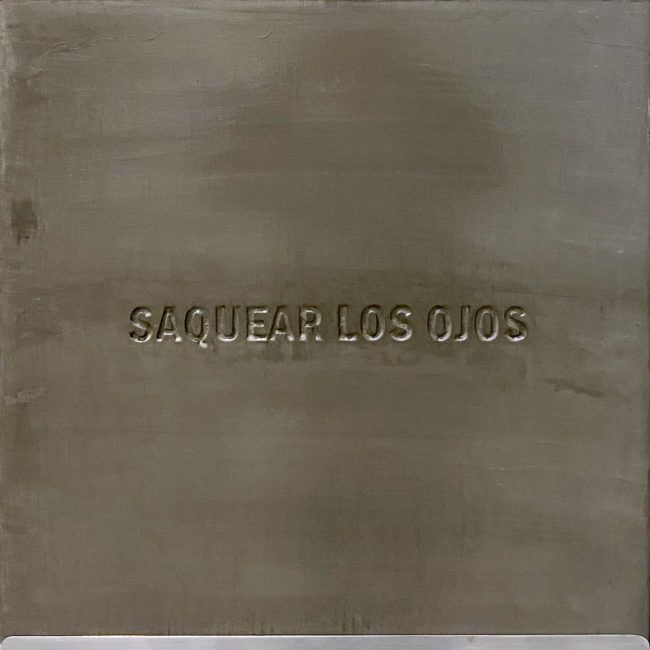

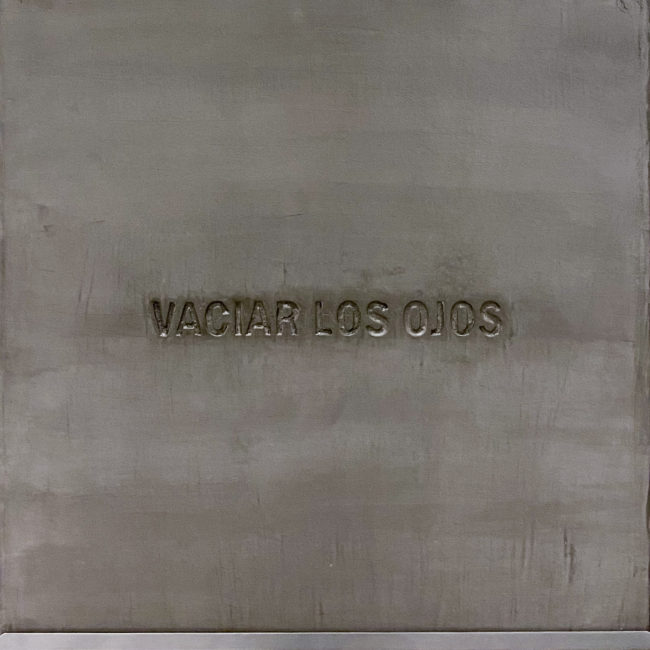

A group of children, between 8 and 12 years old, read letters written from several prisons around the country or from exile or hiding during the last military dictatorship (1976-1983), but also from the years leading up to it. There are letters by and for children, to parents, from parents, from grandparents, from aunts and uncles. Letters that tell of life in prison or in exile, that tell of raids, kidnappings, and shootings. At the same time, they tell of daily life under the dictatorship, inside and outside, of how to maintain affective ties, how to keep going on, how to share stories of love, fear, pain, death, exile, children, and survival. History is temporal, personal, public, and shared at the same time. It survives each listener’s interpretative process and endures each new telling. Memories function as both reconstructions of the past and reflections on the relationship between past and present.
A polyphony. A sea of words and voices, a constant flow, a thread, a bridge, a possibility. A plot that weaves words and creates worlds.
The letters are read chronologically, the first from 1975, the last from 1982. The succession creates new dialogues; senders, receivers, questions and answers expressed randomly, constructing a space of infinite imaginary intersections.
The years pass, the children that the letters were written to have grown, a child who was 4 years old when their mother was arrested, is now five, then six, and so on. The years pass, incarceration continues, there is hope that suddenly everything will change but it doesn’t, more waiting, desperation, life inside, life outside, life through pain, death. Parents, friends, children. The words give an inkling of the immense care taken not to cause concern for those outside, an effort to transmit hope and advice on how to survive.
The voices multiply and create new spaces. The words that are present, the bodies that are absent. New bodies give life to the words. Voices find souls and fill spaces. The children finish reading and look out at those watching with pained and pleading eyes.
Un grupo de niños, de entre 8 y 12 años lee cartas escritas desde diversas cárceles del país, el exilio o la clandestinidad durante los años de la última dictadura militar (1976-1983), pero también de los años precedentes. Las hay de chicos y para chicos, a padres, de padres, de abuelos, de tíos. Cartas en la que se relata el modo de vida en la cárcel y en el exilio, que cuentan allanamientos, secuestros y fusilamientos. Al mismo tiempo, hablan sobre la cotidianidad de la vida bajo la dictadura, adentro y afuera, sobre los modos en los que se sostenían los vínculos afectivos, los modos de hacer, de contar, sobre el amor, el miedo, el dolor, la muerte, el exilio, los hijos, sobre las estrategias de la supervivencia.
La historia es a la vez temporal y personal, pública y comunitaria. Persiste a través del proceso interpretativo del oyente y a través de cada nuevo relato. Las lecturas funcionan como reconstrucciones de un pasado y como reflexiones sobre la relación entre pasado y presente.
Una polifonía. Un mar de palabras y voces, un flujo constante, un hilo, un puente, una posibilidad. La constitución de una trama que teje palabras y crea mundos.
Las cartas se leen cronológicamente, la primera es de 1975, la última de 1982. La sucesión de lecturas genera nuevos diálogos; los emisarios, los destinatarios, las preguntas y las respuestas se articulan azarosamente, componiendo un espacio infinito de cruces imaginarios.
El paso de los años, las cartas dirigidas a niños que crecían, que tenían cuatro años cuando detuvieron a su madre, y luego cinco, y luego seis, y así. El paso del tiempo en el encierro, la ilusión de que pronto todo cambiará y luego no, la espera, la desesperación, la vida adentro, la vida afuera, la vida a pesar del dolor, de la muerte. Los padres, los compañeros, los hijos. Las palabras dan cuenta del inmenso esfuerzo por no trasmitir la angustia a los de afuera, sino la esperanza y los modos de sobrevivir.
Las voces se reproducen creando nuevos espacios. Las palabras presentes, los cuerpos ausentes. Nuevos cuerpos dan vida a las palabras. Las voces encuentran las almas y llenan los espacios. Los niños finalizan la lectura y miran al que los mira y esa mirada interpela y duele.
Two girls read the Communist Manifest together with their grandmother. There are many concepts they do not understand. Reading and asking, the girls seek to comprehend. They devise routes, possibilities. Each word and its meaning.
The charming of the conversation
the texts – the “fundamental” texts.
the words
the reading
the staging
the dissection of a text
the possible layers of meaning
the doubts – peculiarities – comments
the possible itineraries
the courses (the texts as « possible » ways to understand the world)
infancy – maturity – the rite of passage
I am interested in going deep into the mechanisms of text comprehension; as if they were a map that allowed us to know the world better, and then from this standpoint, be able to design possible routes; as if choosing a “fundamental” narration, and trying to understand and break it down were like doing the same with life. That is why this work – as in Loucos de amor – is interpreted by girls that have learnt how to read only recently: many of the words are read or said for the first time. Consequently there is difficulty in the reading, and comprehension.
It is like an initiation rite, having life ahead, and having to choose paths, lines of reading, places to walk through. Breaking down, trying to understand each word, each phrase. And all of this in front of an adult, of the one “who knows”, of traditio – as Graciela Taquini points out – that one who embodies the passing of hands, of wisdom.
Crazy love, passion, freedom, distribution of wealth, oppressors and oppressed, the struggle: problems that arise in the texts, essential themes to understand adult life. The passage from childhood to maturity. Asking to understand and be able to move forward.
There is no end in the video, the book is closed, the characters remain; light changes, everything is dark; the bodies remain seated, as if they waited for dawn to reappear to continue to understand.
Gabriela Golder
Dos niñas leen el Manifiesto Comunista junto a su abuela. Preguntan. Hay muchos conceptos que no entienden. Leyendo y preguntando, las niñas buscan comprender. Trazan recorridos, posibilidades. Cada palabra y su significado.
Sobre el encanto de la conversación
los textos – los textos “fundamentales”
las palabras
la lectura
la puesta en escena
la disección de un texto
las posibles capas de sentido
las dudas – extrañezas – comentarios
los posibles itinerarios
los recorridos (por textos, por “posibles” maneras de entender el mundo)
la infancia – la madurez – el rito del pasaje
Me interesa profundizar en los mecanismos de comprensión de textos, como si éstos fueran un mapa que permitiera conocer mejor el mundo, y a partir de ahí, trazar posibles caminos; como si tomar un relato “fundamental” e intentar entenderlo, desglosarlo, fuera hacer eso con la vida. Por eso, este trabajo –como en Loucos de amor– está interpretado por nenas que hace poco aprendieron a leer: muchas de las palabras son leídas o dichas por primera vez. Entonces hay dificultad en la lectura, en la comprensión.
Es como un camino iniciático, tener la vida por delante y escoger caminos, líneas de lectura, lugares por donde transitar. Desglosar, intentar comprender cada palabra, cada frase. Todo ante la figura del adulto, “del que sabe”, de la traditio –como señala Graciela Taquini–, que representa el pase de manos, de sabidurías.
El amor loco, la pasión, la libertad, la distribución de la riqueza, los opresores y los oprimidos, la lucha: cuestiones que aparecen en los textos, tópicos esenciales para comprender la vida adulta. El paso de la niñez a la adultez. Preguntar para comprender y seguir avanzando.
No hay fin en el video, el libro se cierra, los personajes permanecen, cambia la luz, está todo oscuro y los cuerpos siguen sentados. Como si esperaran que nuevamente amanezca para seguir comprendiendo.
Gabriela Golder